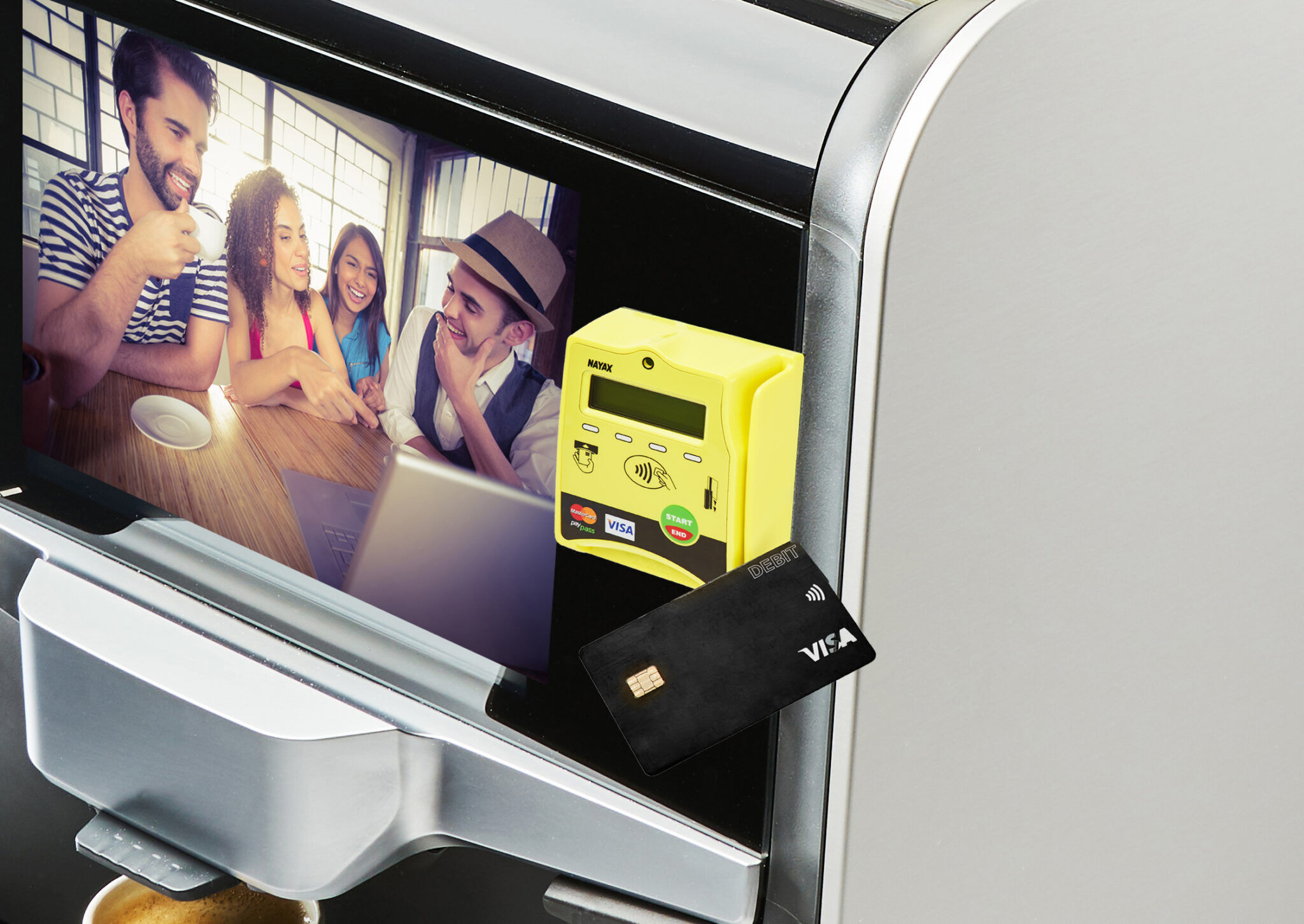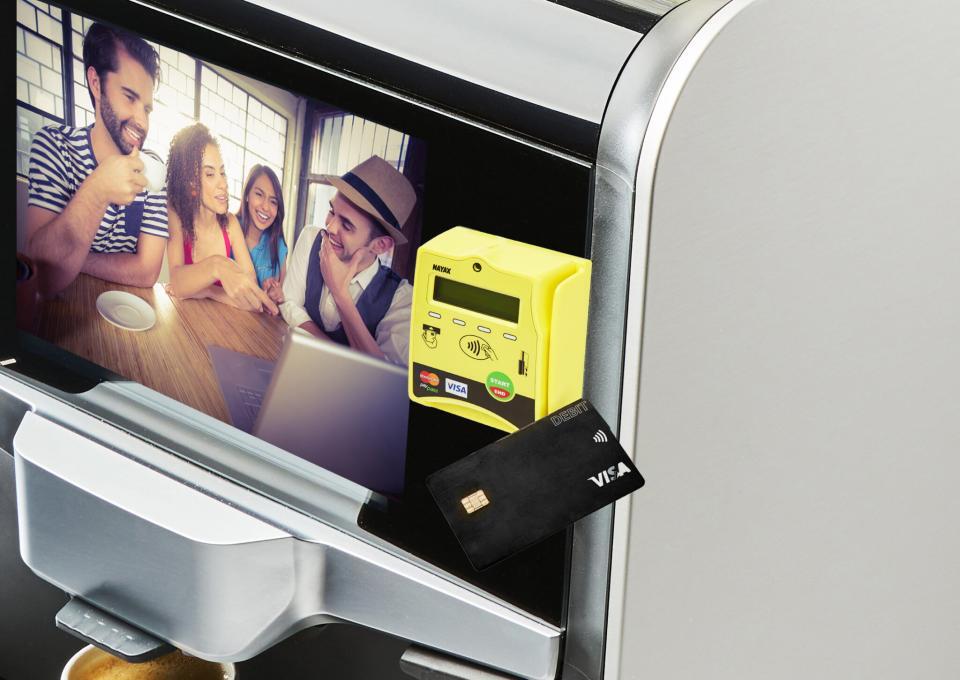The vending machine industry is experiencing a digital transformation. Gone are the days of fumbling for loose change or dealing with crumpled notes that machines won’t accept. Today’s contactless vending solutions are reshaping how we purchase everything from morning coffee to quick snacks.
In 2024, cashless vending machines accounted for 75% of revenue in the U.S. vending market, driven by consumer preference for touch-free transactions. This shift represents more than just a trend; it’s becoming the new standard for automated retail.
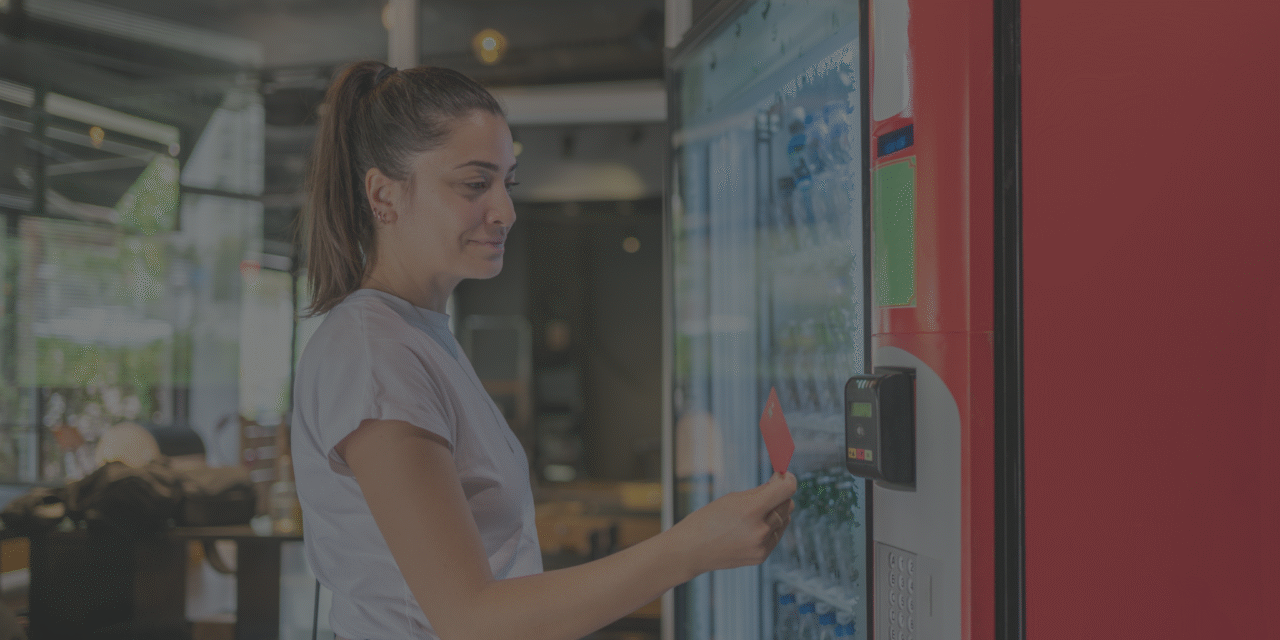
What is Contactless Payment in Vending Machines?
Contactless payment technology enables customers to complete transactions without physically touching cash or inserting cards. Users simply tap or wave their payment device near a reader.
Three Main Types of Contactless Payments:
Contactless Cards: Modern contactless payments use NFC (Near Field Communication) technology, allowing consumers to make transactions by tapping or waving their card near the vending machine’s reader. These cards contain an embedded RFID chip that communicates wirelessly with the payment terminal.
Mobile Wallets: Smartphone payment apps like Apple Pay, Google Pay, and Samsung Pay have become increasingly popular. The customer’s card information is stored in a digital wallet, and the payment is transmitted to the card reader via the NFC chip installed in the mobile device.
Wearable Devices: Smartwatches and fitness trackers with payment capabilities offer ultimate convenience, allowing users to make purchases without reaching for their wallet or phone.
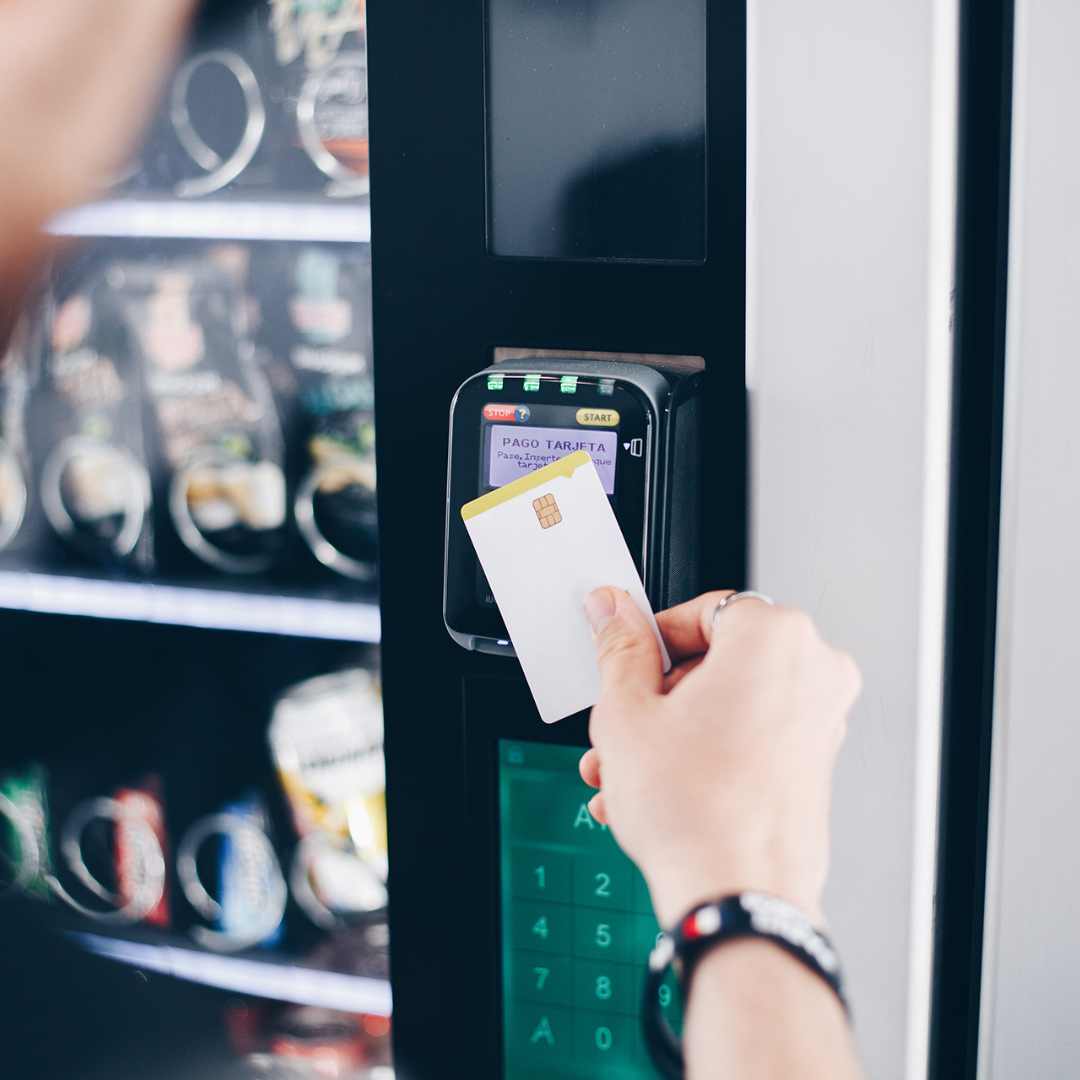
How the Technology Works
When using contactless payment, your bank card’s RFID chip communicates with the vending machine’s contactless receiver. After successful validation of your card information, it’s transferred to a card processor through a data centre, which approves the transaction. The entire process takes just seconds.
The Rapid Growth of Contactless Vending
The statistics demonstrate the rapid adoption of contactless technology:
- Contactless-enabled vending machines have increased by 32% globally
- Consumers spent more than $3.5 billion at food and beverage vending machines in 2024, a 15% increase over 2023, with cashless payments accounting for 71% of all sales
- Contactless mobile payments now account for over three-quarters of all cashless vending sales
- 82% of global consumers now use contactless payment methods, up from 74% in 2022
The Smart Vending Machine market was valued at USD 12.29 Billion in 2024 and is expected to reach USD 26.79 Billion by 2032, growing at a CAGR of 10.6%. This growth is driven primarily by digital wallets, NFC technology, and contactless payment methods.
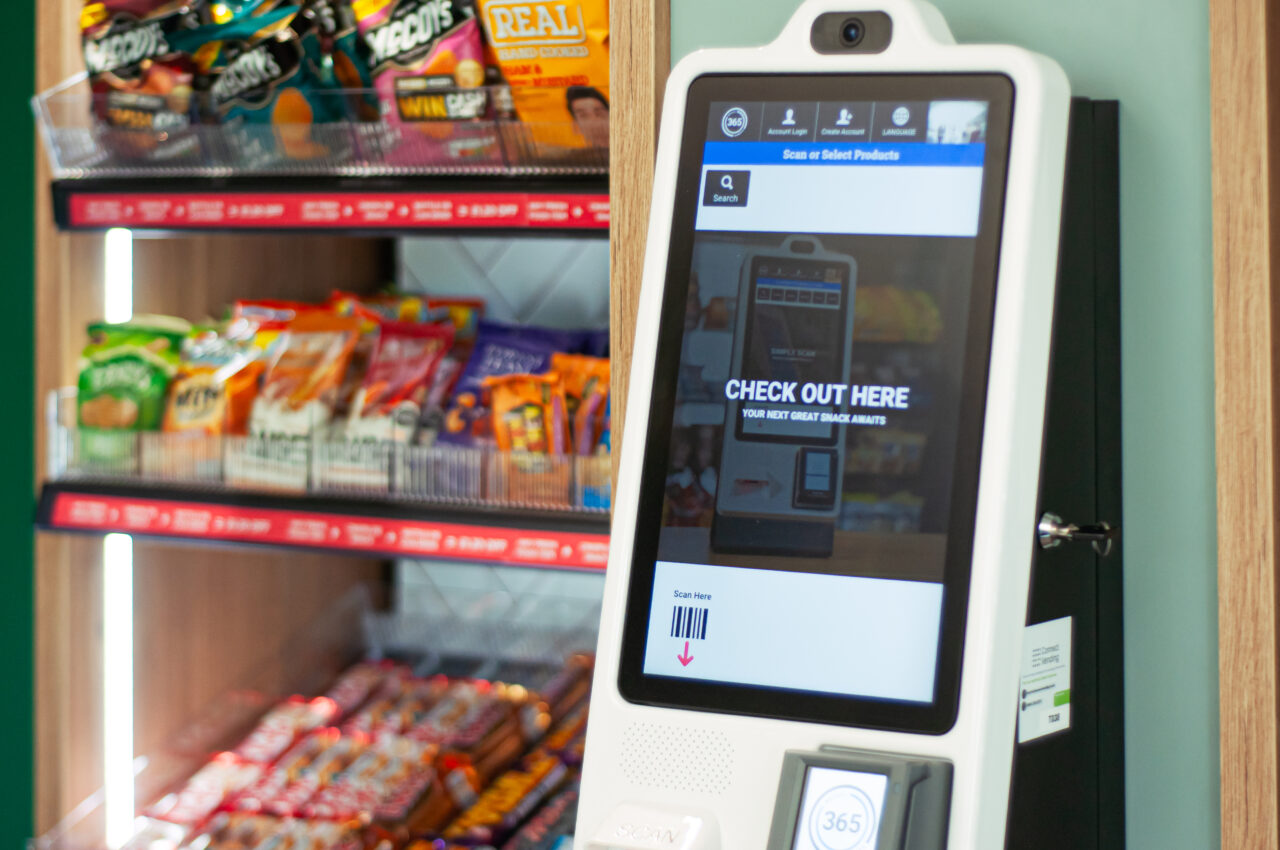
Health and Safety Benefits
The COVID-19 pandemic accelerated the shift towards contactless payments, but the benefits extend far beyond pandemic precautions.
Traditional vending machines require customers to manage cash, insert notes, press buttons, and touch coin return mechanisms. Contactless payments eliminate all these touchpoints. 67% of consumers switched to contactless payments during the pandemic to avoid handling cash or touching payment terminals, and many have maintained these habits.
Ideal for High-Traffic Shared Spaces
Contactless vending coffee machines and snack machines are particularly valuable in:
- Corporate offices where hundreds of employee’s access machines daily
- Schools and universities with high student traffic
- Hospitals and healthcare facilities where hygiene is critical
- Airports and transit stations with diverse user populations
Healthcare and essential service sectors saw contactless usage increase by 70%, as safety became a top priority. Even as pandemic concerns have subsided, the hygiene benefits remain relevant for minimising the spread of germs and bacteria.
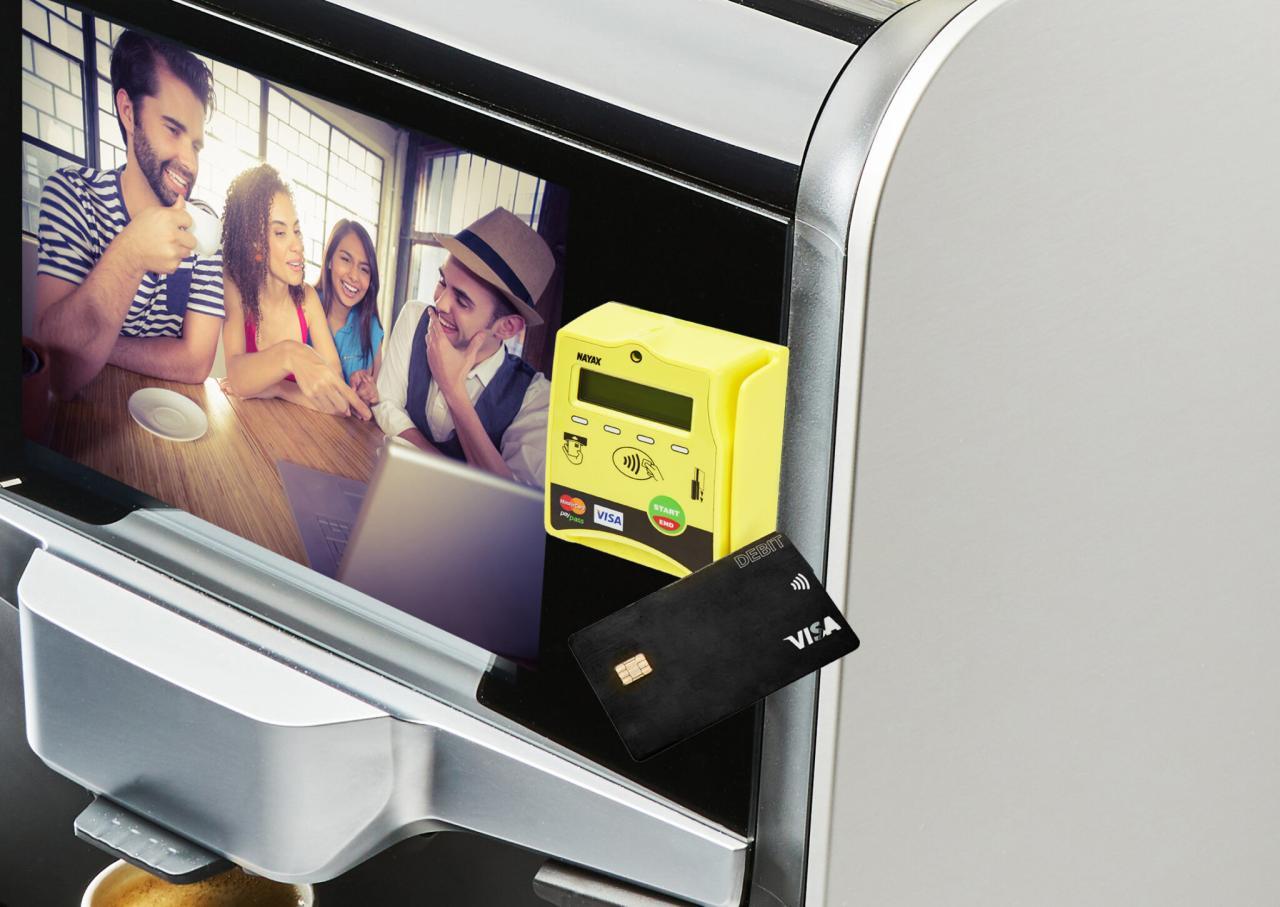
Convenience That Drives Sales
Beyond safety, contactless payments offer compelling convenience advantages.
Lightning-Fast Transactions
Tap-to-pay transactions are now 30% faster than chip-based payments, reducing checkout time significantly. This speed advantage is crucial in high-traffic environments.
Time Comparison:
- Cash payment: 45-60 seconds
- Traditional card swipe: 20-30 seconds
- Contactless payment: 3-5 seconds
Multiple Payment Options Increase Sales
Retailers offering contactless payments recorded a 12% higher basket size than those relying on traditional methods. When customers can pay with any major credit or debit card, mobile wallets (Apple Pay, Google Pay, Samsung Pay), smartwatches, or QR codes, they’re more likely to make purchases.
1 in 5 consumers don’t carry cash but do carry a mobile phone. Without contactless payment options, vending operators lose these potential customers entirely. Small contactless vending machines equipped with modern payment technology ensure no sale is missed.
Eliminates Change Issues
Traditional cash-based machines face constant operational challenges: customers without exact change, machines running out of coins, note acceptors that jam, and the need for regular cash collection. Contactless payments eliminate all these friction points.
Security and Compliance
Payment security is paramount when implementing contactless vending solutions.
Payment data is encrypted, and no card details are sent to the machine, making contactless vending payments highly secure.
Key Security Elements:
- Tokenisation – Card numbers replaced with unique tokens
- End-to-end encryption – Data protected throughout transaction
- EMV chip technology – Dynamic authentication reduces fraud
- PCI DSS compliance – Industry security standards met
- Secure cloud connectivity – Protected data transmission
The hardware and software chosen must adhere to PCI (Payment Card Industry) standards to ensure secure transactions. Failure to comply can result in hefty fines and damage to business reputation.
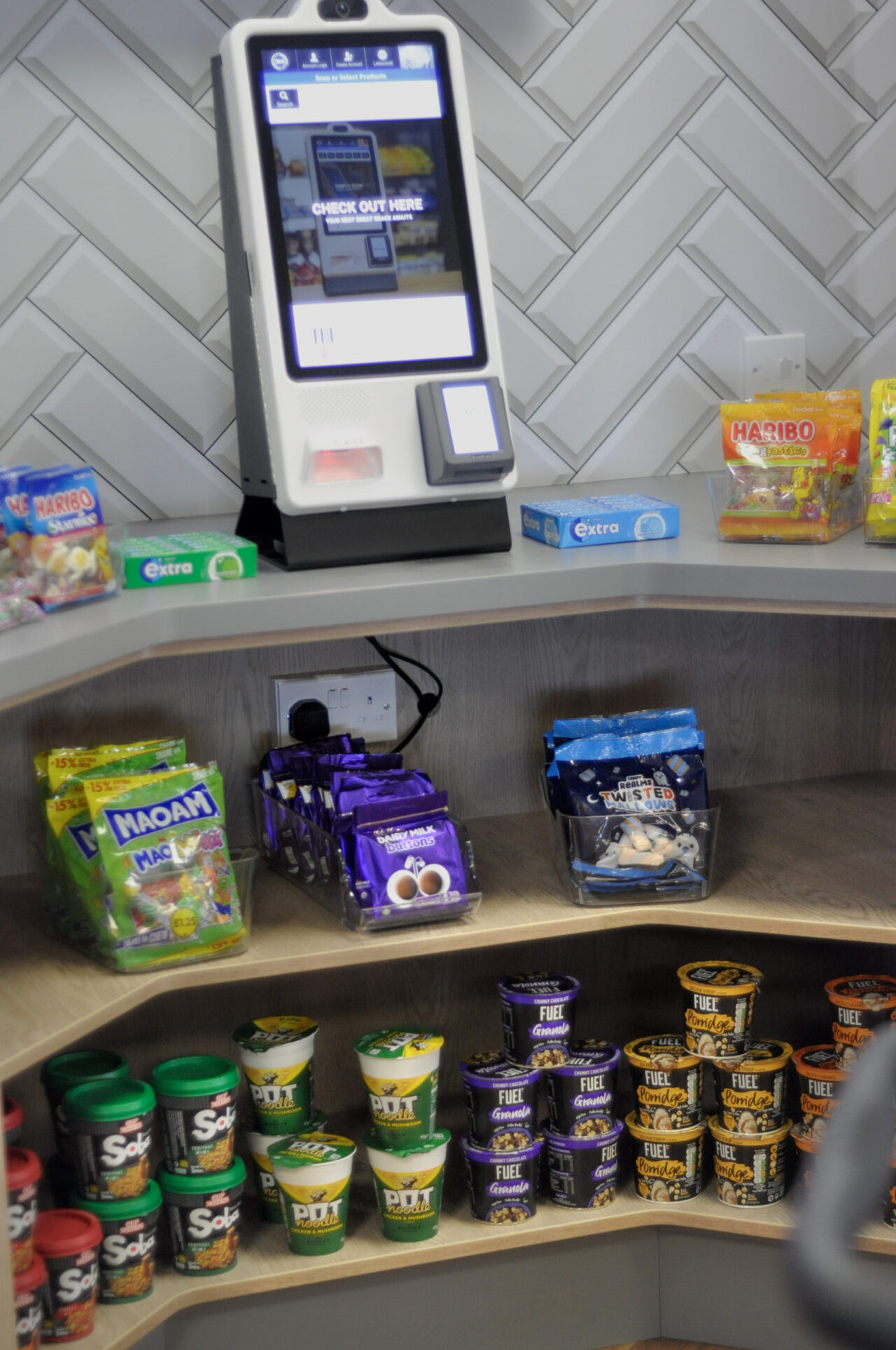
The Future of Contactless Vending
The vending industry continues to evolve with emerging technologies:
Biometric Authentication By 2025, over 30% of contactless payment systems are expected to incorporate biometric authentication such as fingerprint and facial recognition, enhancing security and reducing fraud.
AI-Powered Personalisation AI-powered POS systems are being adopted to analyse customer spending behaviour, increasing sales by up to 15% in pilot programmes. Future machines may recognise returning customers and suggest personalised products.
Integrated Loyalty Programmes Contactless systems enable seamless loyalty programme integration, rewarding repeat customers automatically without physical cards or manual check-ins.
Making the Switch: Why Now Is the Time
The data clearly shows that contactless vending is not just the future it’s the present. Studies forecast that sales at food and beverage vending machines will grow another 8% in 2025, with contactless payments driving much of this growth.
Whether you’re operating contactless coffee vending machines in corporate offices or small contactless vending machines in gyms, the transition to cashless payments represents a strategic investment. The technology has matured, consumer adoption is widespread, and the competitive advantages are clear.
Frequently Asked Questions
What exactly counts as contactless payment?
Contactless payment refers to any transaction method using NFC (Near Field Communication) or RFID technology that doesn’t require physical insertion of a card or handling of cash. This includes tapping a contactless credit/debit card, using mobile wallets like Apple Pay or Google Pay, or using payment-enabled smartwatches. The key characteristic is that the payment device only needs to be within a few centimetres of the reader to complete the transaction.
Can I add contactless payment functionality to machines I already have?
Yes, most modern vending machines can be retrofitted with contactless payment systems. The process typically involves installing a payment reader that connects to your machine’s existing MDB (Multi-Drop Bus) interface. For older machines, you may need to upgrade the main distribution board, but this is usually a straightforward and cost-effective process. Surface-mounted terminals make it easy to add contactless capability without major modifications to your existing equipment.
Are contactless payments secure for vending machines?
Yes, contactless payments are highly secure. The technology uses encryption and tokenisation, meaning actual card numbers are never transmitted to the vending machine. EMV chip technology provides dynamic authentication for each transaction, making fraud extremely difficult. Modern systems are PCI DSS compliant and include multiple layers of security. In fact, contactless payments are generally more secure than traditional cash transactions, which carry risks of theft and loss.
What payment methods can contactless vending machines accept?
Modern contactless vending systems typically accept all major contactless credit and debit cards (Visa, Mastercard, American Express, Maestro), mobile wallets (Apple Pay, Google Pay, Samsung Pay), payment-enabled smartwatches and fitness trackers, QR code payments, and some systems even support prepaid cards or closed-loop payment systems for workplace or campus environments. The most comprehensive systems can handle all these methods with a single reader.
How long does a contactless transaction take at a vending machine?
Contactless transactions at vending machines typically take only 3-5 seconds from tap to product dispensing. This is approximately 30% faster than traditional chip card payments and significantly faster than cash transactions, which can take 45-60 seconds when counting change. The speed of contactless payments makes them ideal for high-traffic locations where quick service is essential.
Do customers prefer contactless payments over cash?
Absolutely. Current data shows that 82% of global consumers now use contactless payment methods, and cashless payments account for 71% of all vending machine sales. More than three-quarters of all cashless vending transactions are now contactless. About 1 in 5 consumers don’t carry cash at all anymore. Customer preference has clearly shifted towards contactless options, and this trend continues to accelerate.
What happens if my internet connection goes down?
Most modern contactless payment systems have offline capabilities. They can store transaction data locally and process payments even without an active internet connection, then synchronise the data automatically once connectivity is restored. This ensures that temporary network issues don’t interrupt sales. However, for maximum reliability and real-time monitoring capabilities, a stable connection (Wi-Fi, Ethernet, or 4G) is recommended.
